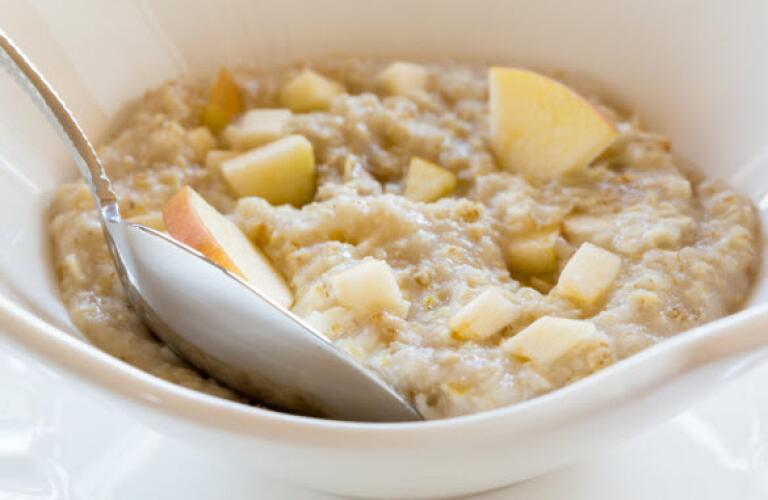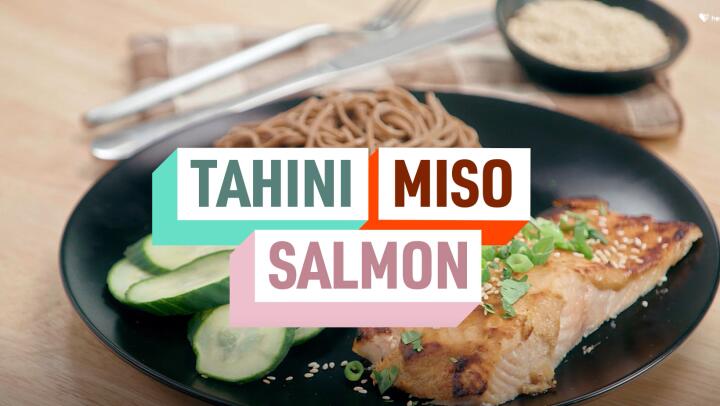
One of the most important ways to manage psoriatic arthritis might not be in your medicine cabinet, but in your pantry. Choosing healthy foods gives your body the nutrients it needs to function properly.
A nutritious diet can also fight inflammation in your joints, boost your energy, and keep your weight in check.
Variety Is Key to Getting Nutrients
The building blocks of a healthy diet are similar for everyone, but eating right is especially important when you have psoriatic arthritis. Load up on fruits, vegetables, and whole grains, and eat lean meats in moderation. Together, these foods can also protect you against heart disease, which you're at higher risk for if you have psoriatic arthritis.
Choosing many different types of foods ensures your body gets all the necessary nutrients. For instance, whole grains provide fiber, which is linked to longer life, while fatty fish (such as salmon) offer healthy fats that are good for joint health.
Eat fruits and veggies in a variety of colors. Each hue contains different nutrients—like antioxidants—that fight disease and protect health. For instance, the lycopene in red tomatoes fights heart disease, while anthocyanin in purple grapes cuts stroke risk.
Choose Inflammation-Fighting Foods
The pain and swelling in your joints is caused by inflammation—your body's immune system gone awry. Certain foods have been shown to reduce inflammation, easing joint pain and also lowering your risk for heart disease and obesity. These include:
- Whole grains, such as brown rice, whole wheat bread, and oatmeal
- Omega-3 fatty acids, which are found in salmon and other fish, walnuts and other nuts, and olive oil
- Fruit, especially berries
- Vegetables, especially those that are orange or green
At the same time, other foods promote inflammation and may make joint pain worse. Steer clear of omega-6 fatty acids, which are found in fried foods, margarine, meats, and snack foods.
Keep Your Energy High
Eating several small meals a day can help you beat fatigue by providing steady fuel. Carry healthy snacks with you for times when you're hungry on the go. Consider carrots, nuts, grapes, or apple slices.
While eating frequently can help, keep an eye on your portion sizes. The extra pounds you gain from overeating can worsen joint pain and contribute to poor health. Check with your doctor to determine the healthiest weight for you.
Prepare Healthy Meals
The healthiest foods are often those you cook yourself. At home, you can choose fresh ingredients, cut back on saturated fat, and serve healthy portions. However, joint pain may sometimes make chopping, stirring, lifting, and other tasks more difficult.
Don't let psoriatic arthritis keep you out of the kitchen. A few modifications to your equipment and routine can get you cooking again. For instance, invest in large-handled knives, an electric can opener, lightweight utensils, and mixing bowls with rubber bottoms for stability.
On days when you're feeling good, cook a double batch or even enough meals for the whole week. Or spread out your meal prep over two days, with rest in between. Chop and prepare on one day, and bake, broil, or roast on the other.
Talk With Your Doctor
Some foods may interact with your psoriatic arthritis medications. Ask your doctor about any dishes you should avoid, and find out if you need a multivitamin or other supplement.
Key Takeaways
- Eating a healthy diet is one of the most important ways to manage psoriatic arthritis.
- Certain foods, such as whole grains, fruits, and vegetables, have been shown to reduce inflammation, easing joint pain.
- Eating several small meals a day can help you beat fatigue by providing steady fuel.
- You can cook your own healthy food despite joint pain with some modifications to your routine and kitchen equipment.





















